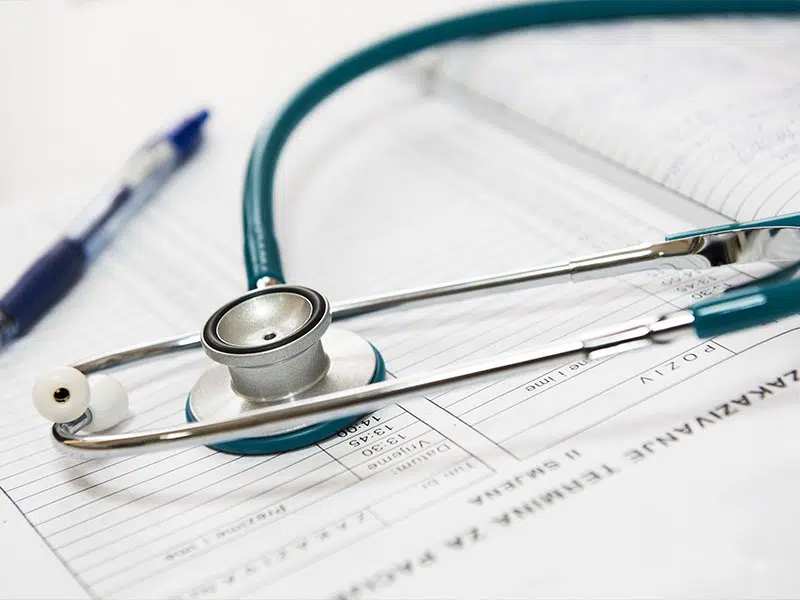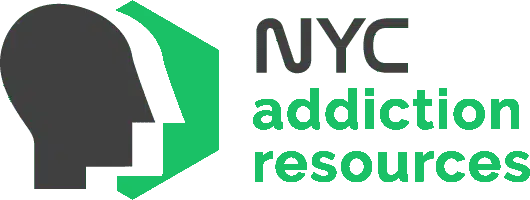
Substance Use Disorder, also known as SUD, or drug addiction, was added to the DSM III in the year 1980, making it an official mental health diagnosis.
Substance use disorder is a diagnosis used to describe someone who has difficulty controlling their use of alcohol or drugs. The term was first introduced in 1952 by the American Psychiatric Association (APA) in their Diagnostic and Statistical Manual of Mental Disorders (DSM).
Since then, the diagnostic criteria for substance use disorder have changed several times. In 2013, the APA updated the DSM to include a new category called “substance-related and addictive disorders.” This category includes both substance use disorders and gambling disorders.
What Are Substance Use Disorders?
A substance use disorder is a pattern of using a substance that leads to negative consequences, significant impairment, or distress. It can involve using the substance in ways that are harmful, such as using more of the substance than intended or using it in ways that are dangerous, such as driving while under the influence. A person with a substance use disorder may also have difficulty meeting important obligations at work, school, or home.
There are two types of substance use disorders: alcohol use disorders and drug use disorders. Alcohol use disorders involve problematic drinking that leads to impairment or distress. Drug use disorders involve using illicit or even illegal drugs or misusing prescription drugs.
Substance use disorders can range from mild to severe. Mild substance use disorders may not require treatment, but moderate and severe substance use disorders often do. Treatment for a substance use disorder typically involves counseling, support groups, and in some cases, medication.
If you think you or someone you know may have a substance use disorder, it’s important to seek help. Substance use disorders can be difficult to overcome, but treatment can make a big difference. With treatment, people with substance use disorders can learn to manage their disorders and live fulfilling lives even while living with this chronic disease.
What Is the DSM 5?
The DSM-5 is the fifth edition of the DSM or Diagnostic and Statistical Manual of Mental Disorders. The DSM is a manual from the APA or American Psychiatric Association. It provides language and criteria for mental disorder classifications. It is used by researchers, clinicians, psychiatric medicine regulation agencies, insurance and pharmaceutical companies, and policymakers.
DSM 5 Criteria for Substance Use Disorders
The DSM-5, published in 2013, made significant changes to the way substance use disorders are diagnosed. Previously, there were two distinct categories: abuse and dependence of a substance. The DSM-5 collapsed these two categories into the single category of “substance use disorder.”
To be diagnosed with a substance use disorder, a person must have at least two of the following 11 symptoms:
- Tolerance (needing more of the substance to get the same effect)
- Withdrawal (experiencing withdrawal symptoms when trying to quit)
- Using more of the substance than intended or for longer than intended
- Unsuccessful attempts to slow or stop using the substance
- Spending substantial time obtaining, using, or recovering from the effects of the substance
- Giving up important activities because of substance use
- Continuing to use substances despite relationship problems
- Going back to using substances after a period of abstinence
- Using substances in hazardous situations
- Continuing to use substances despite physical or psychological problems
- Needing more and more of the substance to get the desired effect (tolerance)
Diagnosis and Tests
If you have a loved one who may have a substance use disorder, it’s important to see a doctor or mental health professional for an evaluation. They will ask questions about their symptoms and drinking or drug use patterns. They will also want to know if they have any medical or mental health conditions.
There is no one test that can diagnose a substance use disorder. But there are certain screening tools, such as the CAGE questionnaire, that can help identify problematic drinking or drug use.
If someone is diagnosed with a substance use disorder, the next step is to get treatment. Treatment can vary depending on the severity of your disorder and whether the patient has any other medical or mental health conditions.
Levels of SUD Severity
There are now four levels of severity specified in the DSM 5 for Substance Use Disorders, which are based on diagnostic criteria met by the individual:
- Mild: 2-3 criteria met
- Moderate: 4-5 criteria met
- Severe: 6+ criteria met
- Recurrent: Any level of severity, with at least two episodes in the past 12 months
Who Is at Risk for a Substance Use Disorder?
Certain factors can put people at greater risk for developing a substance use disorder. These include:
- Family history of addiction
- Mental health disorders such as anxiety, depression, or PTSD
- Traumatic life events
- Low self-esteem or feelings of hopelessness
- Peer pressure or peer group influence
- Easy access to drugs or alcohol
Recognizing Signs of Drug Use
Most people with a substance use disorder are reluctant to seek help, but there are signs that family and friends can look for. These signs may be more obvious in some people than others. Here are some signs that someone you know may have a problem with drugs:
- Changes in appearance or hygiene
- Mood swings or sudden changes in personality
- Loss of interest in activities that used to bring enjoyment
- Withdrawal from friends and family
- Problems at work or school
- Financial difficulties
If you notice any of these signs, it’s important to have a conversation with the person about your concerns. It’s possible that there is another explanation for the changes you’re seeing, but it’s also possible that there is a problem with drug use. Only the person can make the decision to seek help, but your support can be crucial in getting them the treatment they need.
Management and Treatment of a SUD
This can be approached in a number of ways, and there is no universal solution. Treatment depends on the individual’s unique circumstances, including the severity and type of substance use disorder, as well as any co-occurring mental health disorders.
The most effective treatment plans often incorporate a variety of approaches, including evidence-based therapies, support groups, 12-step programs, and medical detoxification.
If you’re trying to help a loved one get the care they need for recovery, we encourage you to contact us at NYC Addiction Resources. Our addiction recovery counselors are here to help you navigate the process and find a treatment program that’s right for your situation.


